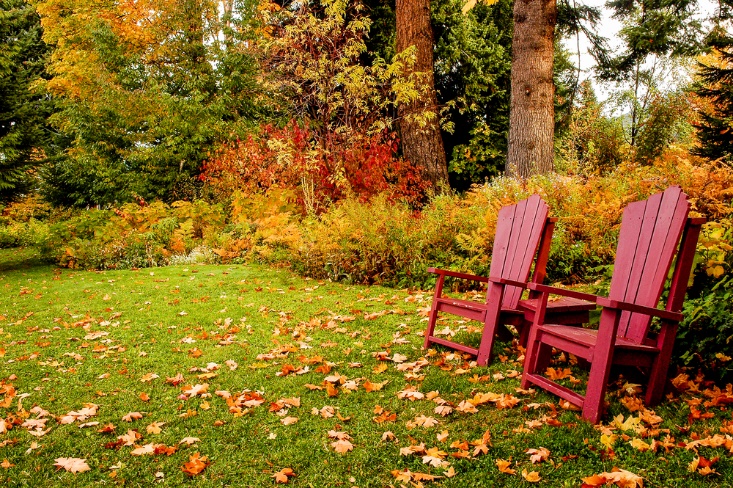It’s not wrong to think that grass just grows in the Midwest. The fertile soils, the abundant rainfall, and the temperate climate make the Midwest an ideal place for luscious, green lawns. Still, the benefits of the region don’t excuse Midwestern homeowners from any lawn care responsibilities. In fact, because grass grows so well in this part of the world, homeowners here might need to do more to keep their lawns in good shape.

Whether you are new to the Midwest or merely new to lawn care, here’s a handy schedule to keep your lawn maintenance on track.
Spring
Spring in the Midwest is becoming ever-more unpredictable. Some years, it seems like winter will never end; some years, it is hot and muggy much, much sooner than Punxsutawney Phil anticipates. It’s important to note that as soon as temperatures start increasing, your lawn will start to wake up, and you need to be ready.
While you bide your time in early spring waiting for sunny days, you should start preparing your lawn care tools. At the very least, you should take your lawn mower blades to be sharpened, but it is even better to get your mower fully serviced by a qualified professional. You might also clean out your garden shed, so you know where all your yard care tools are. You should also start clearing the debris out of your yard, such as branches fallen during winter storms or leaves leftover from fall.
When spring truly hits, you’ll need to act fast to ensure your lawn gets a good start. Aerating should be your first priority; this loosens the soil and allows more nutrients to seep down into your lawn’s roots. Next, some food is warranted; a high-nitrogen blend (marked by a larger first number) is ideal because it focuses on leaf growth. Once your grass hits about three inches tall, you should start mowing, keeping the blades no taller than about two inches. As always, you should ensure that your lawn gets one inch of water every week.
Summer
Summer is the busiest season for your lawn, which means it is the busiest season for you. In truth, summer only requires you to mow and water — but while the lawn-related chores for summertime aren’t diverse, they need to be completed two or three times per week, depending on your regional climate and lawn variety. You can reduce the amount of effort you expend watering by installing an automated sprinkler system set to run in the early hours of the morning.
Unfortunately, there is no getting around frequent mowings. By allowing your lawn to grow too long, you prevent it from growing dense, which permits weeds to flourish. Additionally, taller lawns tend to suffer more when they are mowed, meaning you could shock your lawn to death or introduce disease by being lazy with your mower. If you truly don’t have enough time to devote to mowing, or if you don’t have the space to store all essential lawn tools because you live in a big Midwestern city like Chicago, lawn mowing services tend to be practical and affordable.
Fall
In the fall, your lawn starts preparing to hibernate through the cold winter ahead, so your job is to help it strengthen up in the right ways. You will need to continue mowing and watering as usual — perhaps even more than in summertime, as cool-season grasses popular in the Midwest can grow more aggressively in the fall — but you will also need to complete a few additional lawn care tasks.

First up: seeding. It’s a good idea to seed in the fall, when temperatures are perfect in the Midwest. Overseeding your lawn helps fill in sparse or dead patches and encourage thick growth during the upcoming spring. You should seed a full month before the first frost, so the seed doesn’t immediately die.
Next: fertilizing. In truth, you only need to fertilize your lawn once per year, and you should prioritize the fall feeding. This time, you should focus on a fertilizer high in phosphorus (the second number in the sequence) which stimulates root growth. That way, your grass will grow deep, strong roots to keep it alive during the upcoming snowy season.
Finally, you need to keep your lawn clean. During the fall, trees drop all sorts of crud that can form mats on top of your lawn and suffocate the roots. If you have a mulcher, you can crumble up the debris and spread it on the lawn as a layer of nutrients, but otherwise, you should rake up and throw away the leaves, branches and whatever else accumulates on and around your grass.
Winter
In winter, you can relax. As soon as snow starts to fall, you can stop watering your lawn; doing so risks creating ice in the soil which will kill the crown and roots. Instead, during the cold season, you should sit back — or better yet, prepare for another year of lawn care.








